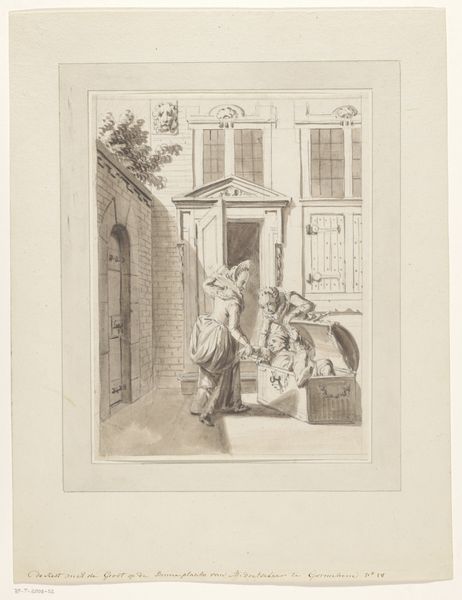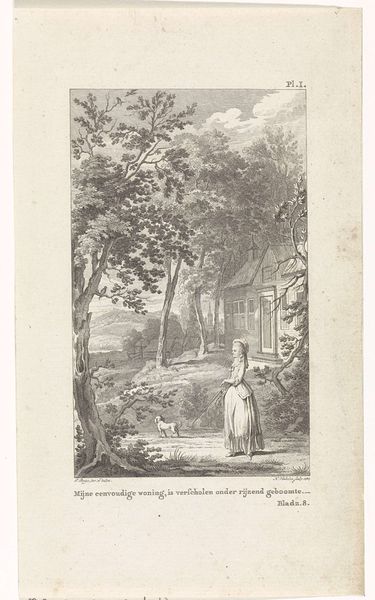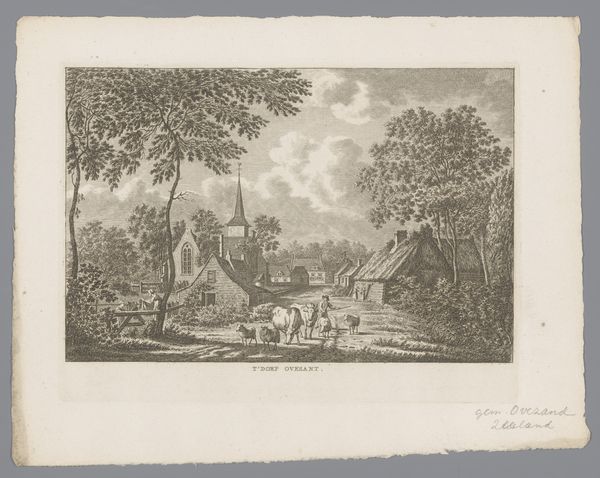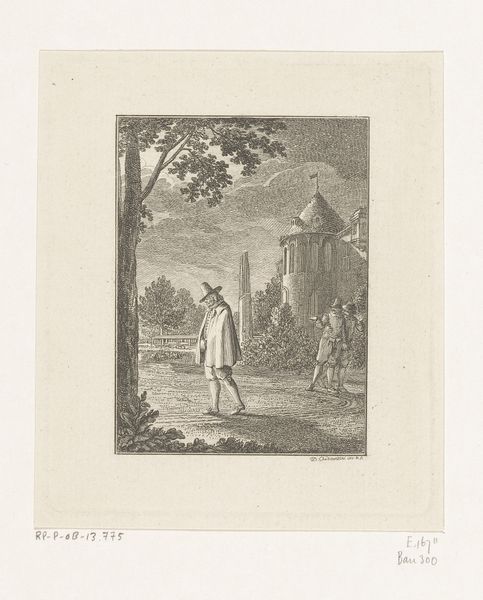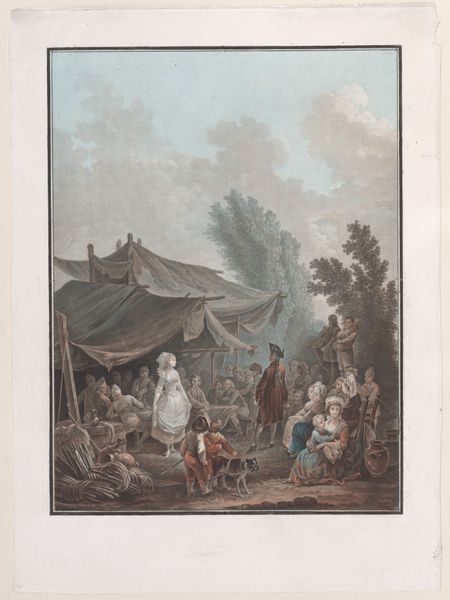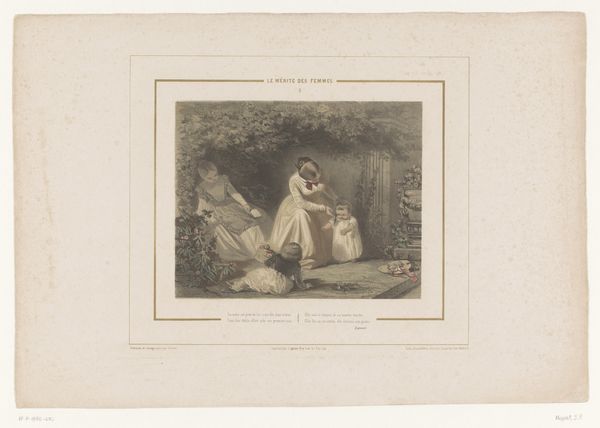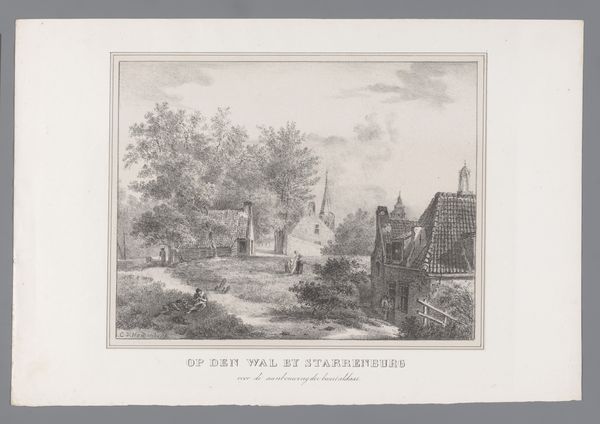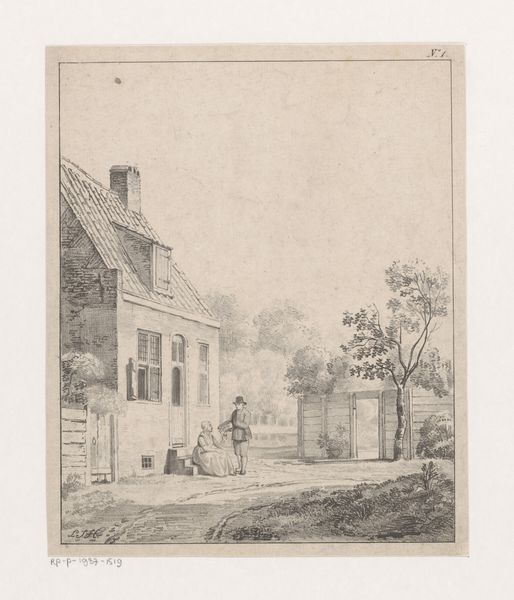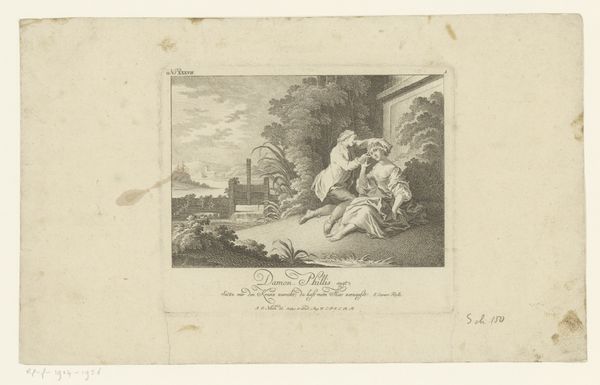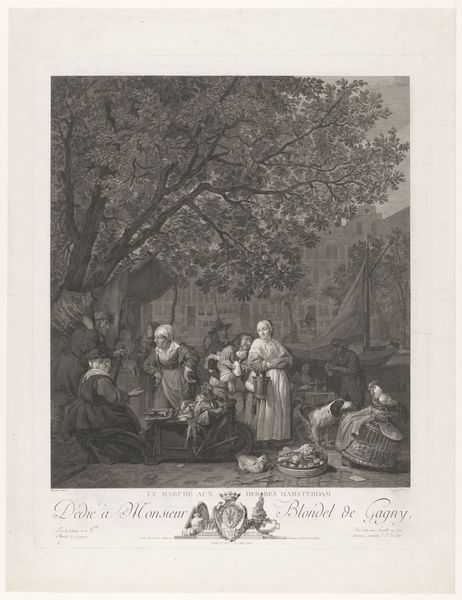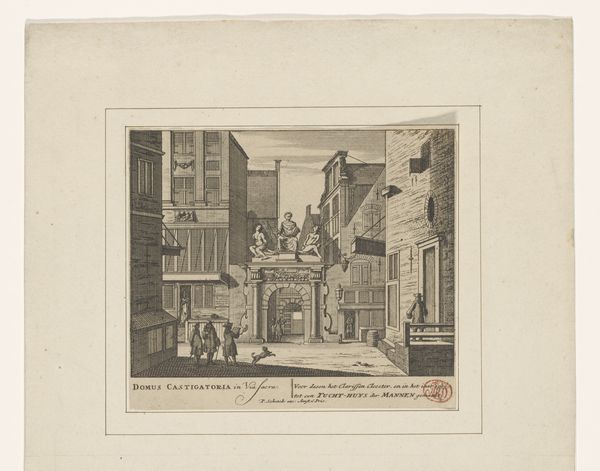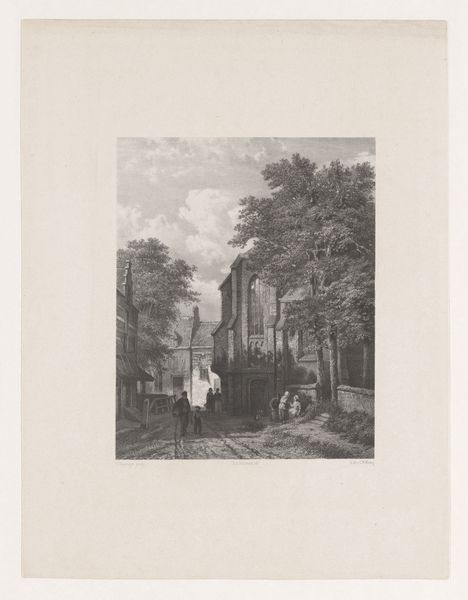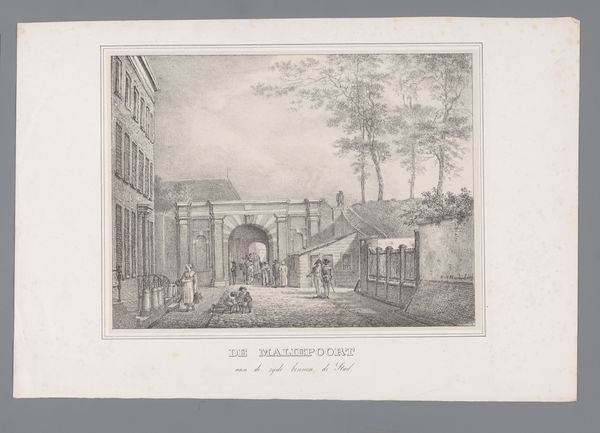
Fontein en binnenplaats aan de Prinsengracht in Amsterdam 1835 - 1904
0:00
0:00
painting, watercolor
#
water colours
#
painting
#
landscape
#
watercolor
#
genre-painting
#
watercolor
Dimensions: height 245 mm, width 175 mm
Copyright: Rijks Museum: Open Domain
Editor: So, this watercolor, "Fontein en binnenplaats aan de Prinsengracht in Amsterdam," by Willem Hekking Jr., made sometime between 1835 and 1904...it feels like a glimpse into a quiet, hidden world, almost like a stage set. What immediately jumps out at you? Curator: The spatial organization is intriguing. The eye is drawn into the courtyard, mediated through the circular barrier around the fountain. Note the layering: figures in the foreground, then the fountain, vegetation and architecture which recede into the background, all rendered with remarkable detail given the medium. Consider how these receding layers contribute to the depth of field. Editor: Yes, there's a clear visual structure, almost like a series of planes. What about the relationship between the figures and their surroundings? Curator: The figures, presumably engaged in a social activity near the fountain, seem secondary to the depiction of space and form. Their muted coloration contributes to the overarching atmospheric tonality. It seems Hekking prioritizes the architectural construction and how light interacts with form and space. Are the figures mere accessories to amplify the setting’s mood? Editor: That’s interesting; so it's less about *who* they are and more about *where* they are. What do you make of Hekking’s technique? Curator: Observe the transparency of the watercolor. The subtle gradations of tone articulate volume. Also note how this aqueous medium lends itself particularly well to create atmosphere and light, creating depth without hard edges, all very controlled in order to emphasize form and composition. A technical proficiency at play. Editor: It's fascinating to look at art this way – not for the story it tells, but for the language of its lines and tones. Thanks, I've learned a lot by viewing the work through your formalist lens. Curator: My pleasure. A focus on form allows the essence of visual expression to emerge.
Comments
No comments
Be the first to comment and join the conversation on the ultimate creative platform.
